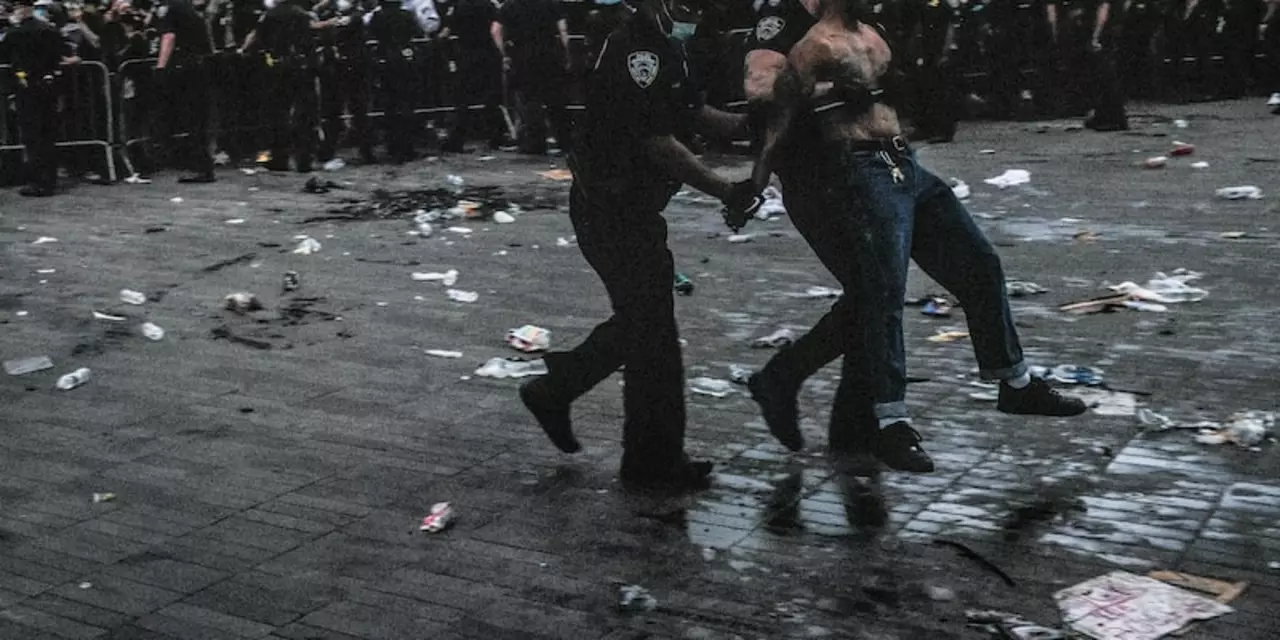Cardiac Arrest: What It Is and Why Quick Action Matters
When the heart stops beating properly, blood stops flowing to the brain and other organs. That's a cardiac arrest. It isn’t the same as a heart attack, but it can happen right after one. In a matter of minutes, the brain can suffer permanent damage, so every second counts.
Spotting the Signs
Most people know a heart attack feels like heavy pressure in the chest, but a cardiac arrest often looks different. The person may collapse suddenly, stop breathing, or have a fast, irregular pulse. Their skin can turn pale or bluish, and they won’t respond to questions. If you see someone lying flat, not moving, and not breathing normally, treat it as a possible cardiac arrest.
What to Do: The Three‑Step Life‑Saver
1. Call for help. Dial your local emergency number right away. If you’re alone, shout for someone nearby to call while you start the next step.
2. Start chest compressions. Place the heel of one hand in the center of the chest, stack your other hand on top, and push hard and fast—about 2 inches deep at a rate of 100 to 120 pushes per minute. Think of the beat of a song like "Stayin’ Alive" to keep the rhythm.
3. Give rescue breaths if you’re trained. After 30 compressions, tilt the head back, pinch the nose, and give two breaths, each lasting about 1 second. If you’re not comfortable with breaths, keep delivering compressions until help arrives.
Keep going until emergency responders take over or the person shows signs of life, like breathing normally.
Many public places now have automated external defibrillators (AEDs). If you see one, turn it on and follow the voice prompts. The device will tell you when to shock and when to keep compressing. Using an AED can double the chances of survival.
After a cardiac arrest, the person will likely need advanced care in a hospital. This includes further heart monitoring, medication, and sometimes a pacemaker or implantable cardioverter‑defibrillator (ICD) to prevent future episodes.
Prevention matters, too. Keep a healthy weight, stay active, quit smoking, and manage blood pressure and cholesterol. Regular check‑ups can catch heart problems before they become emergencies.
Remember, you don’t need to be a medical professional to make a difference. Knowing the signs and doing chest compressions can buy crucial time. So, next time you hear about a cardiac arrest, think about how you can act fast—call, compress, and use an AED if possible. Your quick response could save a life.
Hulk Hogan, Wrestling Icon, Dies at 71 After Cardiac Arrest in Florida
Hulk Hogan, the legendary WWE superstar who brought wrestling into the spotlight in the 1980s, died at 71 after a cardiac arrest at his home in Clearwater, Florida. His career, controversies, and lasting impact are being remembered by fans and colleagues, even as new questions surface around his final days.
View more
Can cardiac arrest be cured?
Cardiac arrest is a life-threatening medical emergency that occurs when the heart suddenly stops beating. If not treated immediately, it can lead to death. However, with prompt medical care, it is possible to treat cardiac arrest. Treatment involves performing CPR to restore the heart's rhythm, using a defibrillator to shock the heart back into normal rhythm, and administering medications to improve blood flow and oxygen to the body. With early intervention, the chances of surviving cardiac arrest are improved.
View more